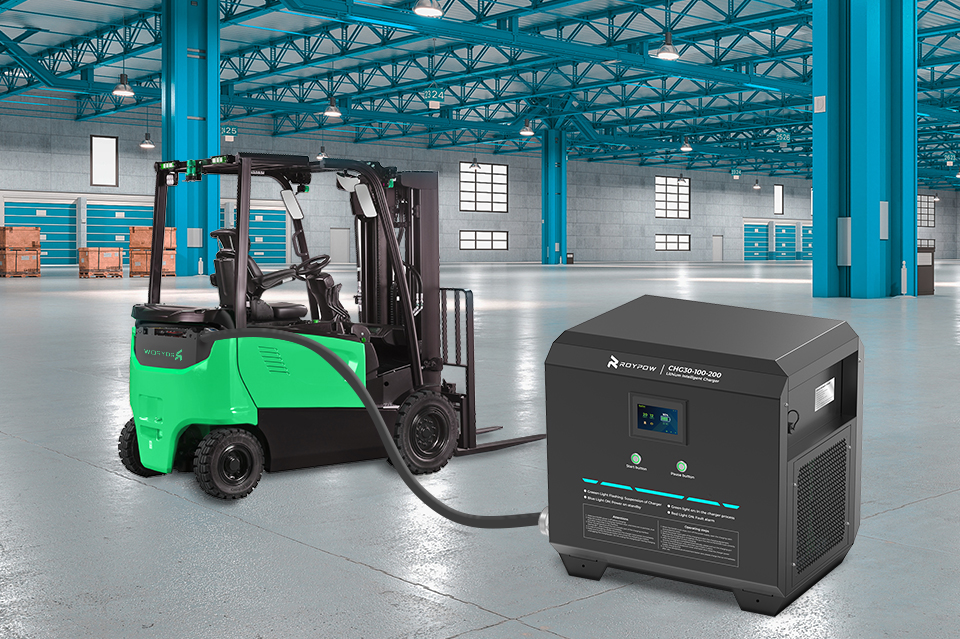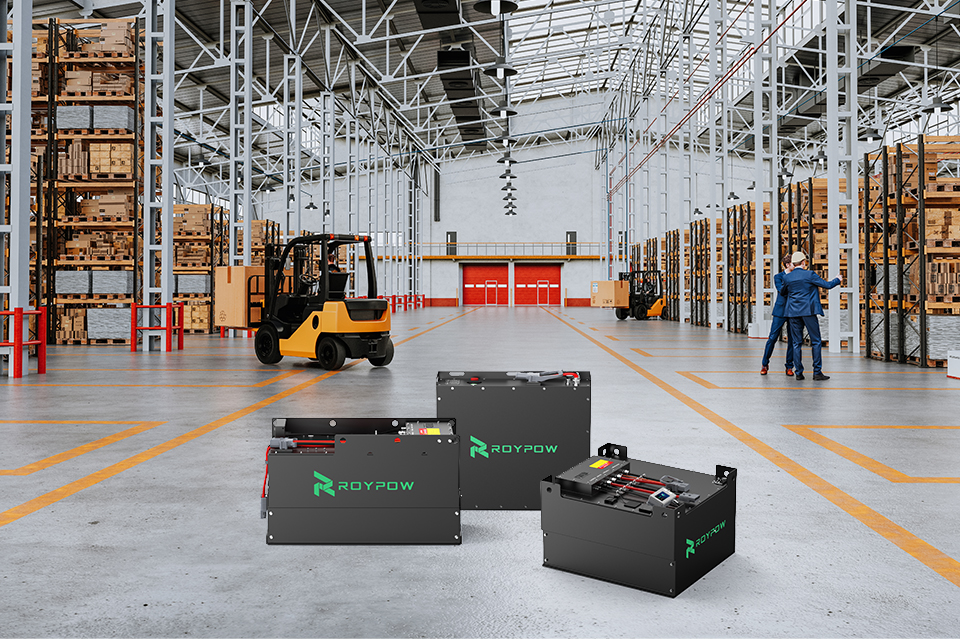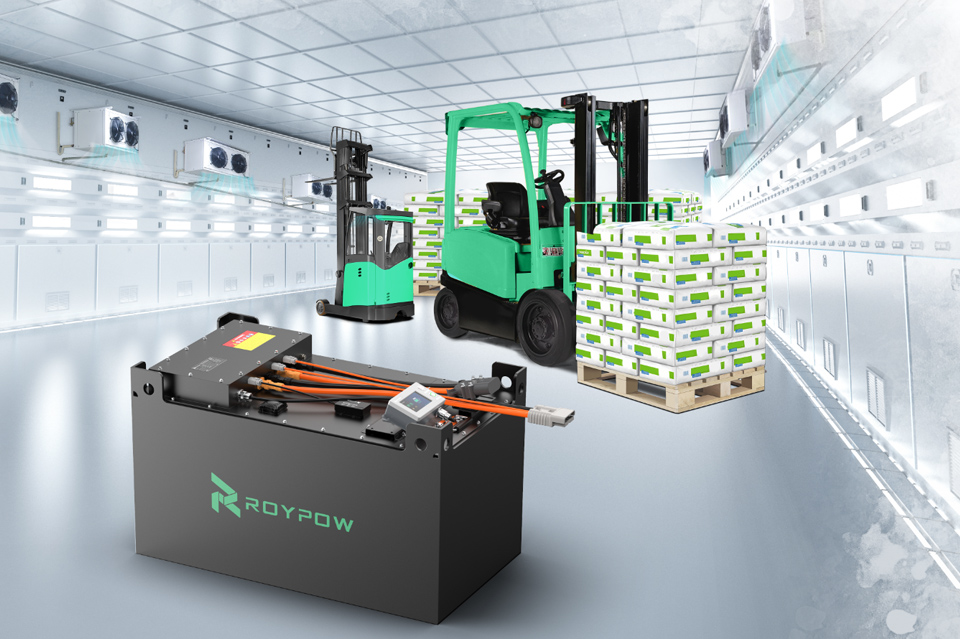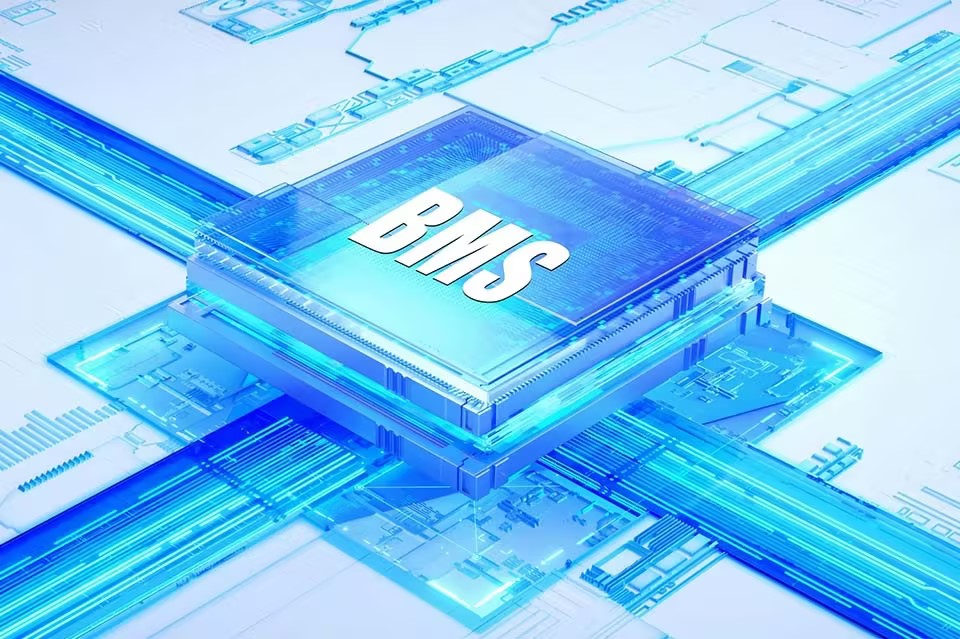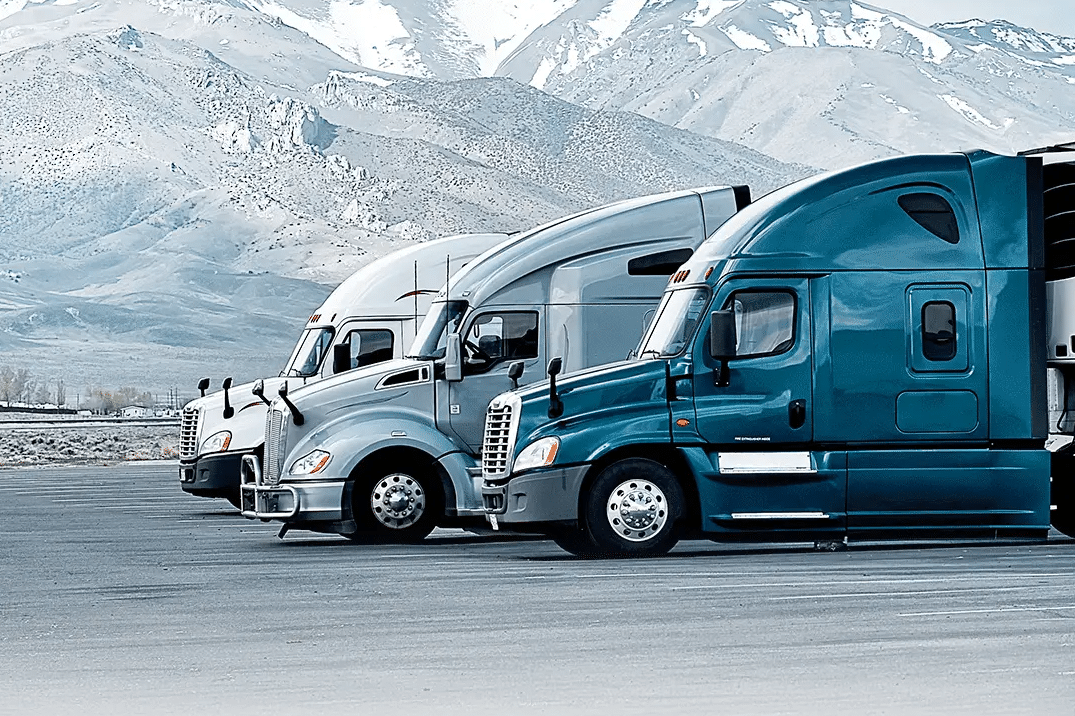Is your forklift fleet really performing its best? The battery is the heart of the operation, and sticking with outdated tech or choosing the wrong lithium option can quietly drain your resources through inefficiency and downtime. Selecting the right power source is key.
This guide simplifies the choice. We cover:
- Understanding critical specs like Volts and Amp-hours
- Charging infrastructure and best practices
- Key safety features and considerations
- Calculating the true cost and long-term value
- Confirming compatibility with your specific forklifts
Making the switch doesn’t have to be complicated. Companies like ROYPOW focus on “drop-in-ready” lithium solutions. Our batteries are engineered for easy retrofitting and aim for zero maintenance, helping fleets upgrade smoothly.
Understanding Critical Specs
Think of Voltage (V) and Amp-hours (Ah) like the engine power and fuel tank size for your forklift. Getting these specs right is fundamental. Get them wrong, and you might face poor performance or even risk equipment damage down the line. Let’s break them down.
Voltage (V): Matching the Muscle
Voltage represents the electrical force your forklift system operates on. You’ll typically see 24V, 36V, 48V, or 80V systems. Here’s the golden rule: the battery voltage must match your forklift’s specified voltage requirement. Check the forklift’s data plate or operator’s manual – it’s usually listed clearly.
Using the wrong voltage is asking for trouble and can harm your lift’s electrical components. This spec is non-negotiable. Good news is, finding the right match is straightforward. Providers like ROYPOW offer lithium batteries across all these standard voltages (ranging from 24V to 350V), built to integrate with major forklift brands seamlessly.
Amp-hours (Ah): Gauging the Gas Tank
Amp-hours measure the battery’s energy storage capacity. It tells you how much energy the battery holds, which directly influences how long your forklift can operate before needing a recharge. A higher Ah number generally means a longer run time.
But wait – simply picking the highest Ah isn’t always the smartest move. You need to consider:
- Shift Duration: How long does the forklift need to run continuously?
- Work Intensity: Are tasks demanding (heavy loads, long travel distances, ramps)?
- Charging Opportunities: Can you charge during breaks (opportunity charging)?
Analyze your actual workflow. If you have regular charging breaks, a slightly lower Ah battery might be perfectly fine and potentially more cost-effective. It’s about finding the right balance for your operation. A battery with excessive capacity might mean unnecessary upfront cost and weight.
So, prioritize matching the Voltage correctly first. Then, choose the Amp-hours that best align with your fleet’s daily workload and charging strategy.
Charging Infrastructure and Best Practices
So, you’ve zeroed in on the specs. Next up: keeping your lithium battery powered. Charging lithium is a different ballgame compared to lead-acid – often a simpler one. You can forget some of the old maintenance routines.
Rule number one: Use the correct charger. Lithium batteries need chargers specifically designed for their chemistry and voltage. Do not attempt to use your old lead-acid chargers; their charging profile can damage lithium cells. It’s just not compatible.
A major advantage is opportunity charging. Feel free to plug in lithium batteries during work breaks, lunch, or any brief downtime. There’s no battery “memory effect” to worry about, and these quick top-offs won’t harm the battery’s long-term health. This keeps lifts running more consistently.
You can also often ditch the dedicated battery room. Since high-quality lithium units, like those offered by ROYPOW, are sealed and don’t emit gases during charging, they can typically be charged right on the forklift. This eliminates the time and labor spent swapping batteries.
Best practices boil down to this:
- Charge whenever needed or convenient.
- No requirement to fully discharge before charging.
- Trust the battery’s built-in intelligence – the Battery Management System (BMS) – to manage the process safely and efficiently.
Key Safety Features and Considerations
Safety is paramount in any operation. Switching battery technology naturally brings questions about risks. You’ll find that modern lithium forklift batteries incorporate several layers of safety by design.
The chemistry itself matters. Many reliable forklift batteries, including ROYPOW’s lineup, utilize Lithium Iron Phosphate (LiFePO4). This specific chemistry is well-regarded for its superior thermal and chemical stability compared to lead-acid or even other types of lithium-ion.
Think about the physical design. These are sealed units. That translates to significant safety wins:
- No more hazardous acid spills or fumes.
- No risk of corrosion damaging equipment.
- No need for staff to handle electrolyte top-offs.
The integrated Battery Management System (BMS) is the unseen guardian. It actively monitors cell conditions and provides automatic protection against over-charging, over-discharging, excessive heat, and short circuits. ROYPOW batteries feature a BMS with real-time monitoring and communication, adding an extra layer of security.
Plus, by enabling charging on the truck, you remove the entire process of battery swapping. This cuts out the risks associated with handling heavy batteries, like potential drops or strains. It simplifies operations and makes the workplace safer.
Calculating True Cost and Long-Term Value
Let’s talk money. It’s true that lithium forklift batteries generally carry a higher initial purchase price compared to traditional lead-acid options. However, focusing only on that upfront cost overlooks the bigger financial picture: the Total Cost of Ownership (TCO).
Over the lifespan of the battery, lithium frequently proves to be the more economical choice. Here’s the breakdown:
- Impressive Longevity: High-quality lithium batteries simply last longer. Many achieve over 3,500 charge cycles, potentially offering more than three times the operational life of lead-acid. ROYPOW, for example, engineers their batteries with a design life of up to 10 years, significantly reducing replacement frequency.
- Zero Maintenance Required: Imagine eliminating battery watering, terminal cleaning, and equalization charges entirely. The saved labor hours and avoided downtime directly impact your bottom line. ROYPOW batteries are designed as sealed, truly maintenance-free units.
- Better Energy Efficiency: Lithium batteries charge faster and consume less electricity during the charging process, leading to tangible reductions in your energy bills over time.
- Enhanced Productivity: Consistent power delivery (no voltage drop as the battery discharges) and the ability to opportunity charge keep forklifts operating more effectively throughout shifts, with less interruption.
Add a robust warranty, like the 5-year warranty ROYPOW provides, and you get valuable operational assurance. When calculating TCO, look beyond the initial price tag. Factor in battery replacements, electricity costs, maintenance labor (or lack thereof), and productivity impacts over a 5-to-10-year period. Often, the lithium investment pays dividends.
Confirming Compatibility with Your Forklifts
“Will this new battery actually fit and work in my existing forklift?” It’s a valid and critical question. The good news is that many lithium batteries are designed for straightforward retrofitting into existing fleets.
Here are the key compatibility points to verify:
- Voltage Match: As we stressed earlier, the battery voltage must align with your forklift’s required system voltage (24V, 36V, 48V, or 80V). No exceptions here.
- Compartment Dimensions: Measure the length, width, and height of your current battery compartment. The lithium battery needs to fit correctly within that space.
- Minimum Weight: Lithium batteries are often lighter than lead-acid. Confirm the new battery meets the minimum weight specified by the forklift manufacturer for stability. Many lithium options are weighted appropriately.
- Connector Type: Check that the battery’s power connector matches the one on your forklift.
Look for suppliers that emphasize “Drop-in-Ready” solutions. ROYPOW, for example, designs many batteries according to EU DIN standards and US BCI standards. They match the dimensions and weight specifications of standard lead-acid batteries used in popular forklift brands like Hyundai, Yale, Hyster, Crown, TCM, Linde, and Doosan. This simplifies the installation significantly.
Don’t worry if you have a less common model or unique needs. Some providers, including ROYPOW, offer custom-tailored battery solutions. Your best bet is always to consult directly with the battery supplier; they can confirm compatibility based on your specific forklift make and model.
Simplify Your Lithium Battery Choice with ROYPOW
Selecting the right lithium forklift battery isn’t just about comparing numbers; it’s about matching the technology to your operational rhythm. With the insights from this guide, you’re equipped to make a choice that enhances performance and provides genuine long-term value for your fleet.
Here are the core takeaways:
- Specs Matter: Match Voltage exactly; choose Amp-hours based on your workflow intensity and duration.
- Charging Right: Use dedicated lithium chargers and take advantage of opportunity charging for flexibility.
- Safety First: Prioritize stable LiFePO4 chemistry and batteries with a comprehensive BMS.
- True Cost: Look past the initial price; evaluate the Total Cost of Ownership (TCO) including maintenance and lifespan.
- Fit Check: Confirm physical dimensions, weight, and connector compatibility with your specific forklift models.
ROYPOW strives to make this selection process straightforward. Offering a range of LiFePO4 batteries designed for “drop-in” compatibility with major forklift brands, complete with robust warranties and zero-maintenance benefits, they provide a reliable pathway to upgrade your fleet’s power source effectively.

